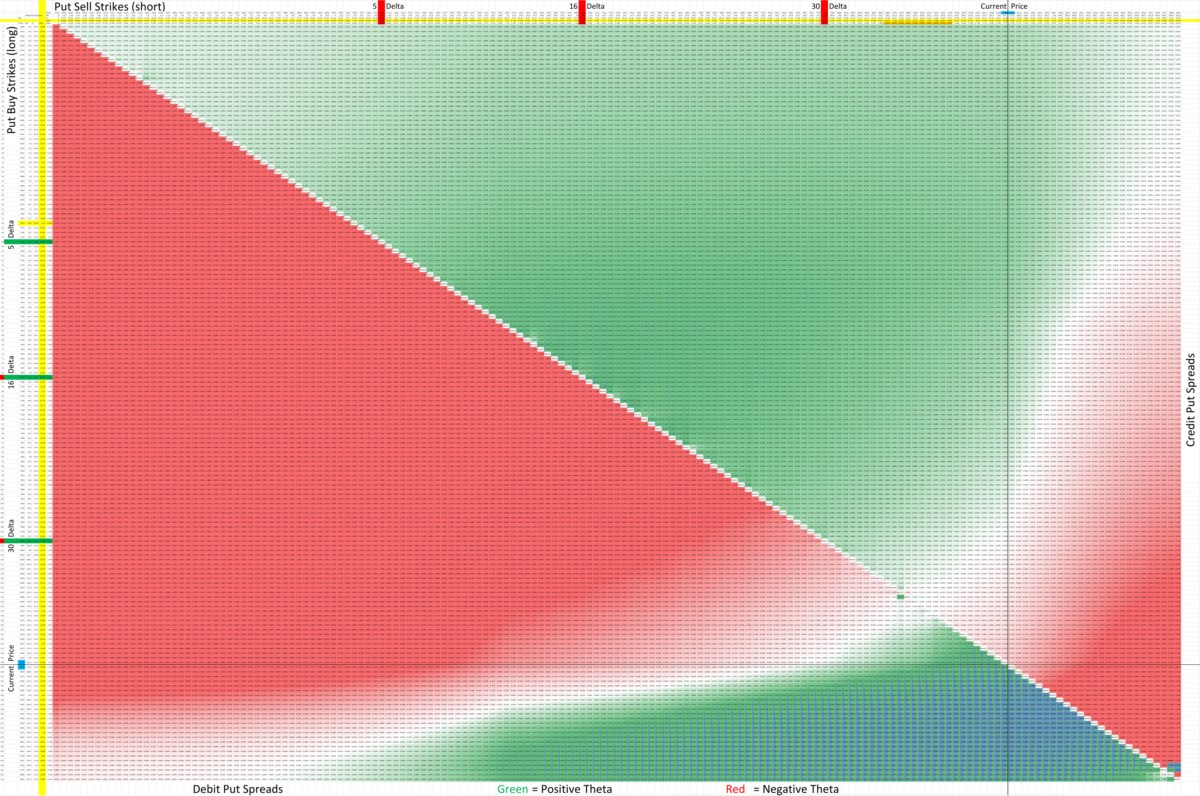Home>Finance>What Is A Married Put? Definition, How It Works, And Example


Finance
What Is A Married Put? Definition, How It Works, And Example
Published: December 23, 2023
Learn about Married Puts in finance, including its definition, mechanics, and an example of how it works. Enhance your understanding of this options strategy.
(Many of the links in this article redirect to a specific reviewed product. Your purchase of these products through affiliate links helps to generate commission for LiveWell, at no extra cost. Learn more)
Welcome to the World of Married Puts!
When it comes to managing your finances, there are countless strategies and tools available to help you protect and grow your investments. One such tool is the “married put.” If you’re unfamiliar with this concept, don’t worry – we’re here to break it down for you.
Key Takeaways:
- A married put is a protective options strategy that combines the purchase of a put option with the ownership of the underlying stock.
- It allows investors to protect their investment from potential losses while still allowing them to participate in any potential upside.
What Is a Married Put?
A married put is a type of option strategy in the world of finance. It involves purchasing a put option on a stock you already own, thus providing you with downside protection. What does that mean? Well, if the value of your stock were to decrease, the put option gives you the right (but not the obligation) to sell that stock at a predetermined price, known as the strike price. Essentially, it acts as an insurance policy of sorts, safeguarding your investment against significant losses.
How Does It Work?
Let’s dive a little deeper into how a married put works. Say you own 100 shares of a particular stock, and it’s currently trading at $50 per share. You’re concerned that the stock might experience a decline in the near future, but you don’t want to sell it just yet, as you still believe in its long-term potential. This is where the married put strategy can come in handy.
- Purchase a put option: You decide to purchase a put option with a strike price of $45. This means that if the value of the stock were to drop below $45 per share, you have the right to sell it at that price.
- Downside protection: By owning the put option, you are protected from any losses below the strike price of $45. If the stock were to plummet to $40 per share, for example, you can still sell it at $45 per share using your put option. This limits your potential downside risk.
- Potential Upside: On the other hand, if the stock were to increase in value, you can still benefit from any potential gains. You retain ownership of the stock, and you’re not obligated to sell it at the strike price.
It’s important to note that the married put strategy does come at a cost. Purchasing the put option requires an upfront premium, which is essentially the price you pay for the right to protect your investment. However, this cost is often considered worthwhile for investors looking to hedge their positions and mitigate potential losses.
Example of a Married Put
Let’s illustrate the married put strategy using a real-life example. Imagine you own 200 shares of XYZ Corporation, and each share is currently valued at $75. You believe that the stock could experience a downturn in the next few months, but you don’t want to sell your shares just yet. In this case, you could consider implementing the married put strategy to protect your investment.
You purchase two put options with a strike price of $70 for a premium of $2 per contract. Each contract typically represents 100 shares, so you’re effectively protecting 200 shares. This means you pay a total premium of $400 for the put options.
Now, let’s consider two scenarios:
- The stock price declines: If the stock price falls to $60 per share, you have the right to sell your shares at $70 per share using your put options. This limits your loss to $1,000 (200 shares x ($75 – $70)). Without the married put strategy, you would have experienced a larger loss.
- The stock price increases: Conversely, if the stock price rises to $80 per share, you can still benefit from the gain. You retain ownership of the stock and can sell it at the market price of $80, enjoying a profit of $1,000 (200 shares x ($80 – $75)).
By using the married put strategy, you have effectively protected your investment from excessive losses while still benefiting from potential gains.
So, if you’re looking for a way to safeguard your investments in a volatile market, a married put strategy may be worth considering. It provides a balance between downside protection and the potential for upside gains, giving you the peace of mind to weather market fluctuations.
Remember, before implementing any investment strategy, it’s essential to do thorough research, understand the associated risks, and consult with a financial advisor to determine if it aligns with your specific financial goals and risk tolerance.














